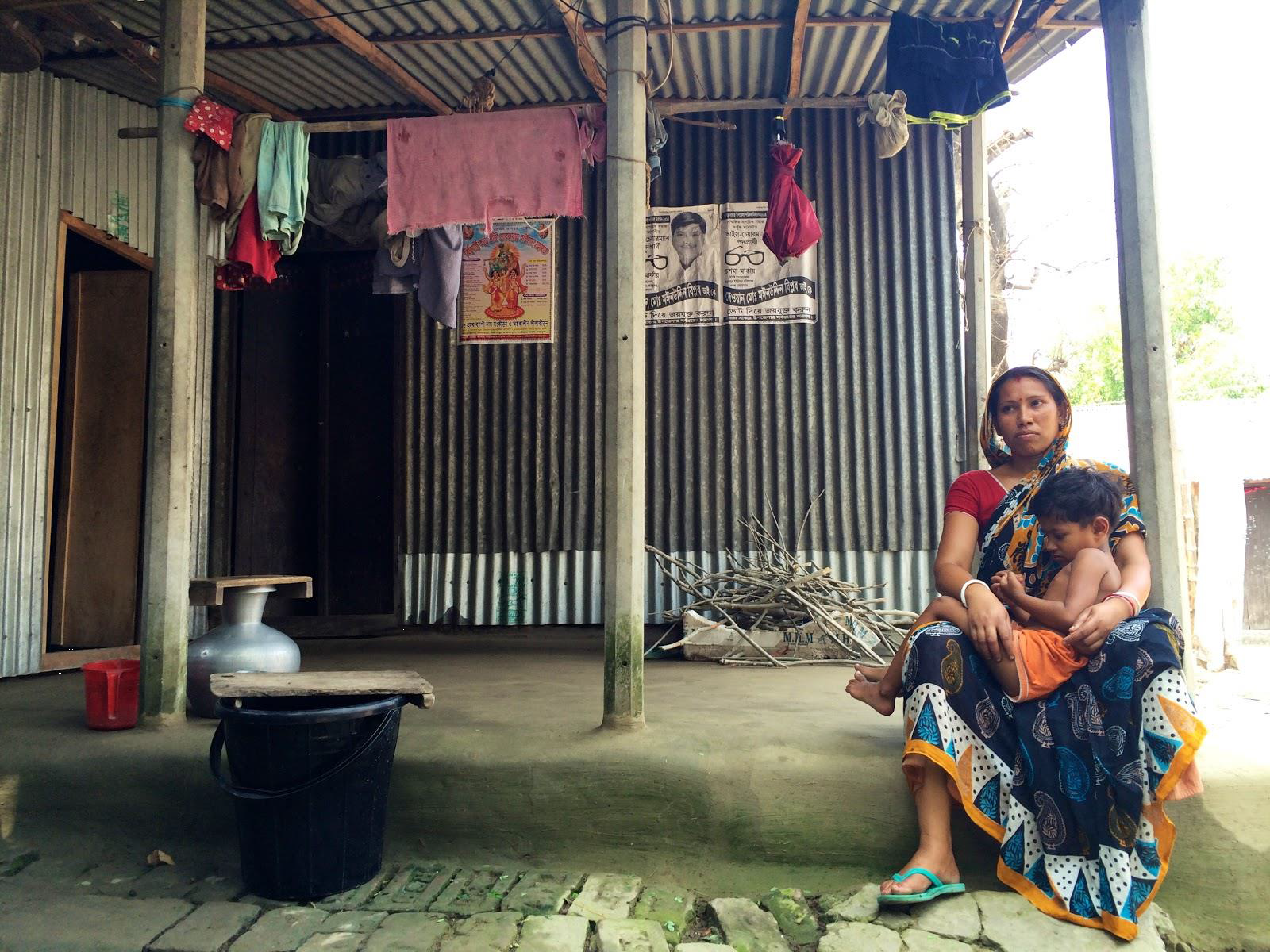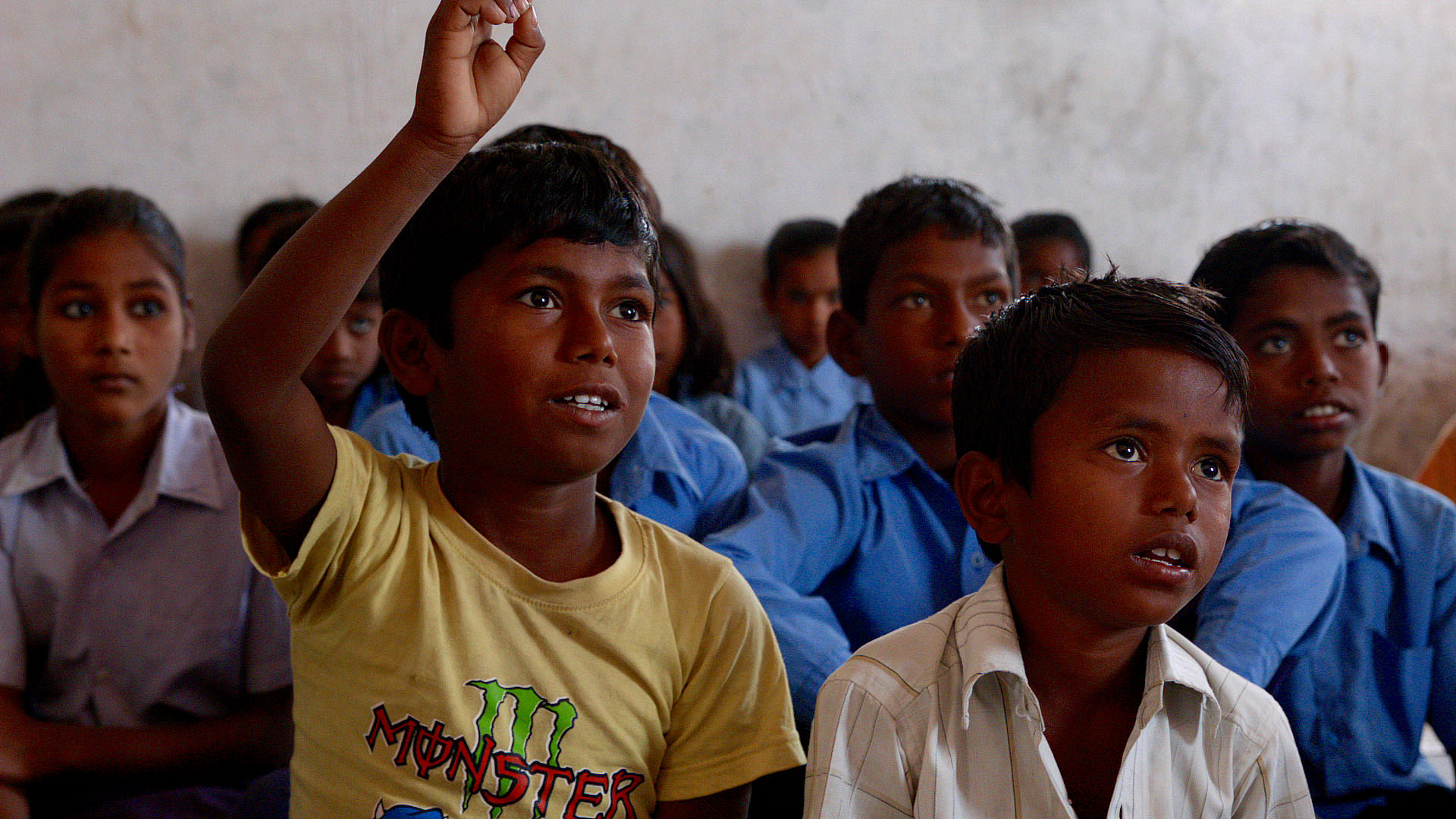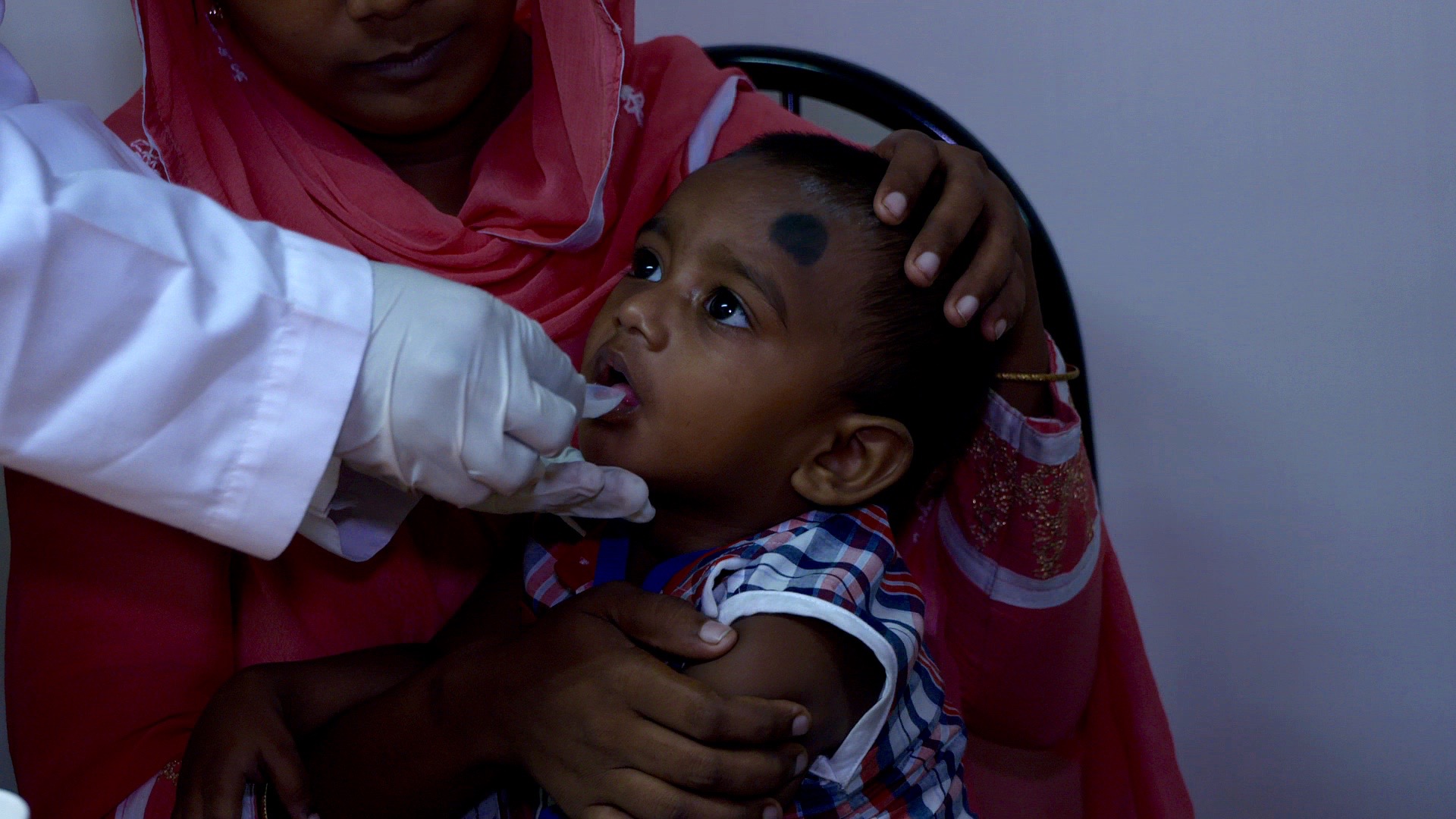Mud to Mortar: Preventing Disease through Interventions in the Built Living Environment
|
Diarrheal disease is a disease of poverty. Though preventable, it continues to devastate families and communities around the world as a result of systematic inaccessibility of medical, social, and economic resources. ARCHIVE Global’s objective is to make small changes in built living environments that can have a lasting and tangible impact on communities that are disproportionately affected by the burden of disease.
ARCHIVE Global is working in Bangladesh alongside our local implementing partner ADESH (Association of Development for Economic and Social Help) on our Mud To Mortar campaign to combat diarrheal disease. With help from BRAC University and Grimshaw Architects, this campaign centers on diarrheal disease prevention in Savar, a sub-district outside the metropolis of Dhaka, by replacing mud floors with concrete. In Bangladesh in 2016, 6.86% of total deaths among children under the age of five were caused by diarrheal diseases. Under-five mortality is an important indicator, since after age five, a child is more likely to survive the symptoms of diarrheal disease. A cleanable, long-lasting surface like a concrete floor, as opposed to mud, is crucial to stopping the spread of parasites and bacteria and to directly preventing the transmission of diarrheal disease within a home.
Our project in Bangladesh has evolved through a number of stages. We completed our first pilot project in 2014 and expanded it in 2017 to test more innovative design ideas. We are scaling up to reach more families in the fall of 2018, and intend to have the project be self-sustaining and accessible to any household.
At each stage, ARCHIVE has made it a priority to advocate for prevention not only through changes in the built environment, but also through education and awareness both in beneficiary households and throughout the communities. We have also held trainings for local builders and masons to learn innovative variations on the traditional construction techniques. Each phase is crucial in the development of our work, as each evaluation informs not only the next iteration of the project but also projects on the horizon.
Our pilot project, Health From the Ground Up, involved replacing floors for 10 homes in the Nayapara and Panpara communities in Bangladesh. We wanted not only to see if the design would successfully reduce the incidence rate of disease, but also ensure that the project would be socially responsible and locally supported by the beneficiaries and our local implementing partner.
Through the pilot project, we reduced the prevalence of diarrheal disease by 75% in children under five years old in beneficiary households. We also found that on average, women, who are typically expected to keep the home tidy, were able to spend 20 fewer hours per week cleaning their floors. A preventative approach is also crucial to lessening the economic burden of diarrheal disease. The average monthly income for this project’s beneficiary households is 153 USD. One study found that in Bangladesh, the cost of inpatient care for diarrhea-related diseases was about 110 USD. With this intervention, families save a significant portion of income and use it on other necessities.
To date, 66 families have had their mud floors replaced with concrete, and after the rainy season, we hope to replace floors in 150 additional homes. ARCHIVE’s next phase is for the intervention to be accessible to all of those who desire it. Through sustainable microfinancing, ARCHIVE aims to ensure that diarrheal disease is prevented in these communities independent of our resources.
Diarrheal disease, albeit preventable, remains one of Bangladesh’s leading killers among the country’s vulnerable communities. Although we are unable to shift the global paradigm that has resulted in the marginalization and economic disenfranchisement of certain populations, ARCHIVE continues to work towards a world where adequate housing is accessible to all people, and thus targets preventative and sustainable means to foster good health.













